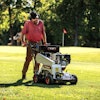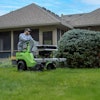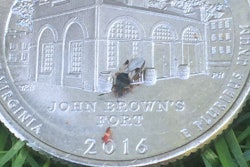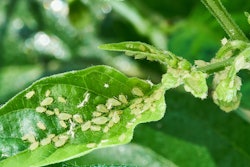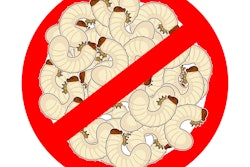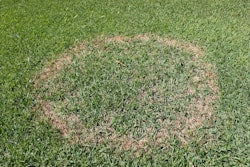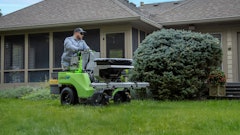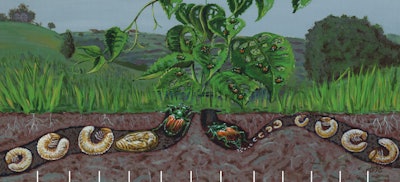
Do you want to eliminate pests and plant diseases from your landscaping projects?
Pests can be harmful to lawns, and are known for damaging garden furniture, sheds, fruits, vegetables, turf, trees, plants and your client’s health.
Here are seven tips for creating a pest- and disease-free landscape:
1. Plant Some Insect-Repelling Plants
Planting insect-repelling plants can help deter some pests. Celery and broccoli are two pest-repelling plants. Other plants like cloves and garlic can also repel harmful pests.
2. Maintain Soil Health and Clean Up Plant Debris
Clearing out plant debris is very important in warding off pests, as debris makes for a great breeding and hiding place. Instead of disposing of the waste debris, you can compost it and add it to a garden. Removing debris, like old tree stumps and broken branches, can make yards less appealing to pests by reducing their food sources.
Make sure that all plants are properly watered. You can also use organic fertilizers, which can keep soil healthy and fertile to help resist pest damage.
3. Store Compost in a Secure Location
Store compost in a secure location and make sure that it is sealed in an airtight container to keep pests out. Compost can be a great place for pests to hide and build colonies.
4. Get Rid of Standing Water Bodies
Water collects in trays, flower pots and buckets, which gives insects a nesting environment. Make sure to regularly switch out the water in pet drinking trays and bird baths. Removing standing water bodies can help prevent biting insects from inhabiting landscapes.
5. Repair Damages and Set Up Pest-Resistant Barriers
Keep greenhouses and sheds in good condition to prevent pests from getting inside stored items like flowers, plants and seeds. Conduct regular pest inspections, allowing you to react quickly to any infestations. Wire mesh, door bristles and expanding foam can help keep pests out of the safehouse.
Setting up barriers that are made of copper can be great alternatives to traditional pesticides. Various types of barriers and fabrics can be set up for different pests.
6. Plant a Variety of Plants and Rotate Them
Committing an entire landscape to a single plant can attract large colonies of pests that love that particular plant. Growing a variety of plants reduces the chances of your client’s yard being decimated by pests.
7. Learn About Potential Pests in the Region
Learning about the pests that live in your region is another way to be better prepared. You can ask for assistance from agriculturists in the area, local websites and government agencies.
How to Keep Plant Disease Away from Your Landscaping Projects
Disease is another factor that should be taken into consideration when planning out a landscape. Plants grow well in open spaces as opposed to overcrowded spaces. A lack of proper air circulation and excessive moisture ensures that plants stay wet for longer, making them more susceptible to fungus and other diseases. Proper sanitation is also important in keeping a landscape healthy. To ensure acceptable sanitation, clear plant debris, trim unhealthy stems and branches, and dig out weeds. It is best to dispose of the diseased foliage rather than compost it.
